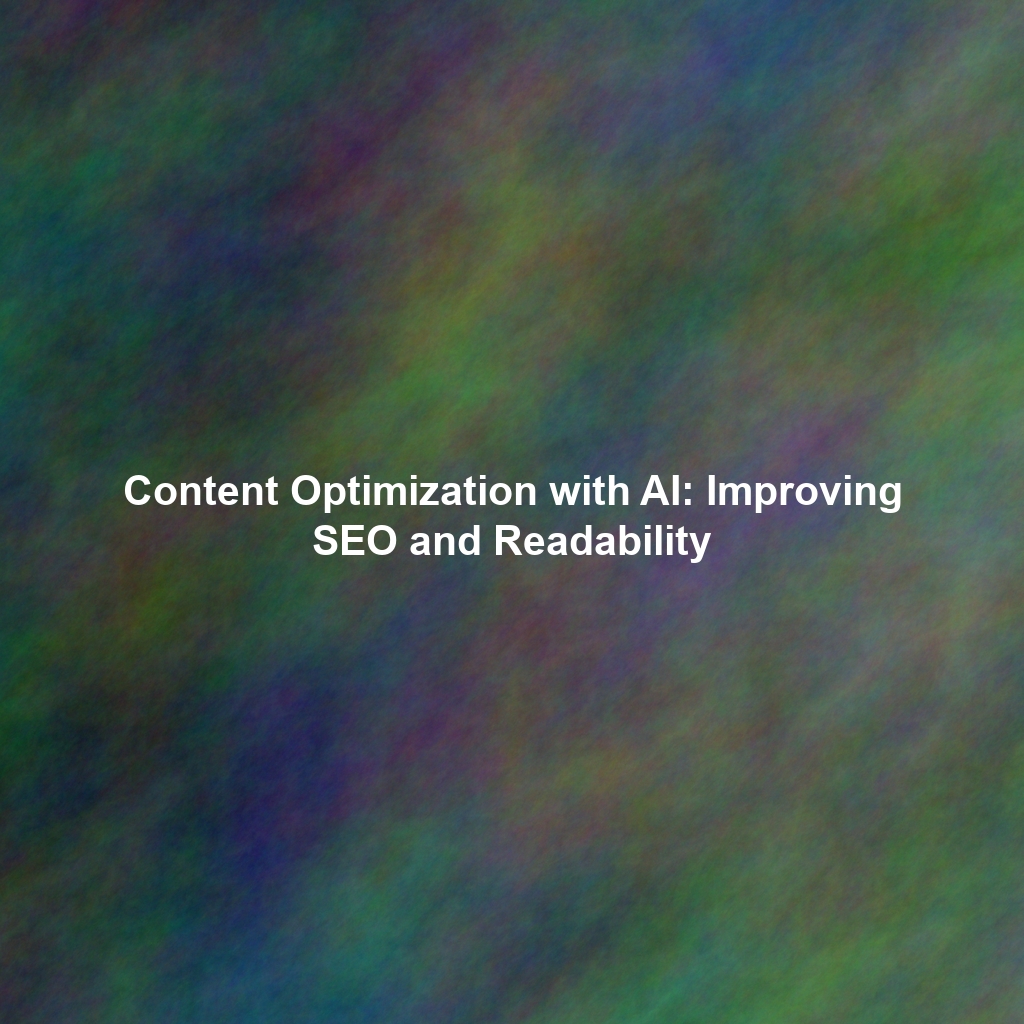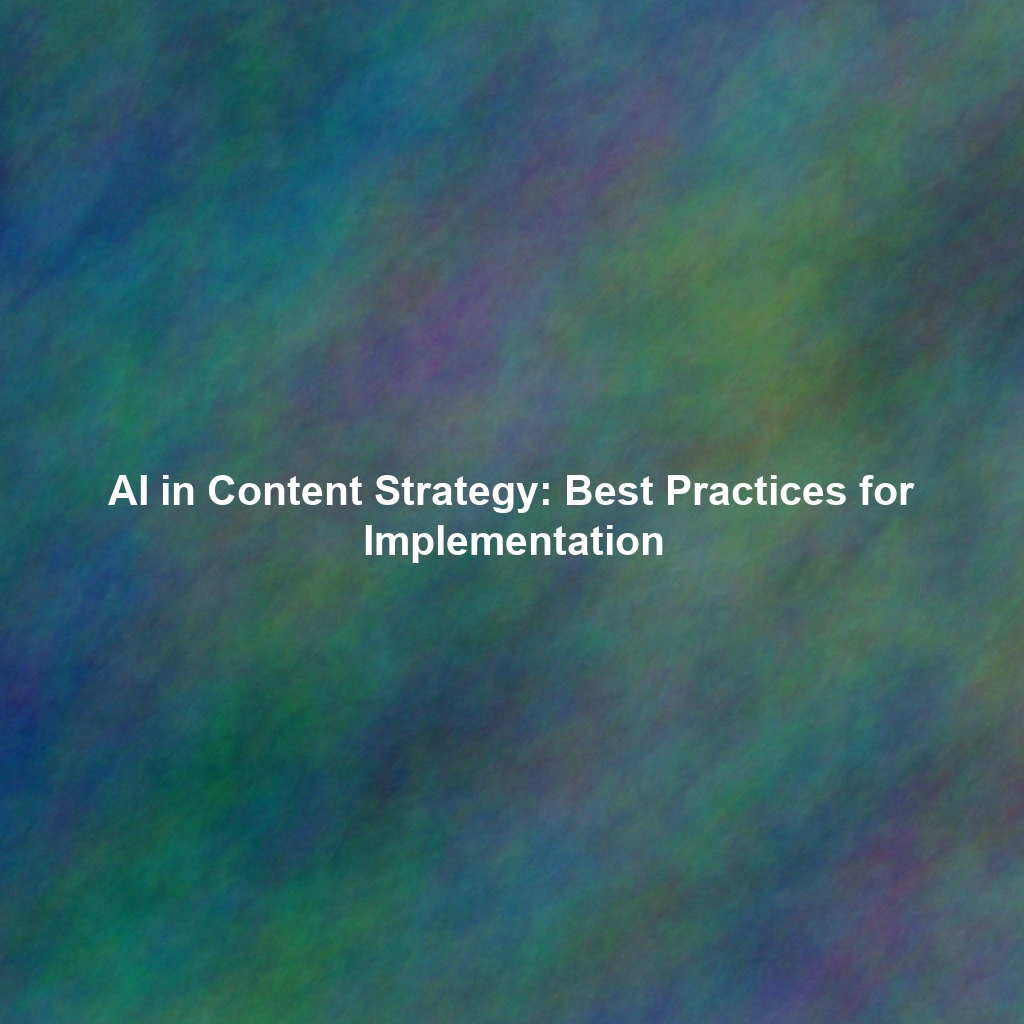In the cutthroat world of B2B lead generation, generic messaging is a fast track to the digital graveyard. Buyers are inundated with content, and only the truly relevant cuts through the noise. We discovered this firsthand. Our initial efforts, while well-intentioned, were casting too wide a net and yielding underwhelming results. That’s when we decided to go all-in on personalization. This isn’t just about slapping a name on an email; it’s about understanding your audience’s pain points, tailoring content to their specific needs, and delivering value at every touchpoint. This is the story of how we implemented personalization strategies across various marketing channels and achieved a remarkable 40% increase in lead conversion rates.
The Problem: Generic Messaging, Generic Results
Before our personalization overhaul, our marketing strategy was… well, let’s just say it was broad. We were blasting the same email templates to C-suite executives and junior managers alike, promoting the same white papers to companies with vastly different revenue sizes, and directing everyone to a one-size-fits-all landing page. We were essentially speaking to everyone and, consequently, resonating with no one.
Our data painted a stark picture: high bounce rates, low click-through rates, and a lead conversion rate that was plateauing despite increased marketing spend. It was clear that our messaging wasn’t hitting the mark. We needed to become more relevant, more targeted, and, frankly, more personal.
Our Personalization Strategy: A Multi-Pronged Approach
We knew that personalization needed to be woven into the fabric of our entire marketing process, not just an afterthought. We focused on three key areas:
Personalized Email Campaigns: Beyond the First Name
We moved beyond simply using a prospect’s name in the email subject line. We segmented our audience based on several factors, including industry, company size, job title, and past interactions with our website. Then, we crafted email copy that directly addressed their specific challenges. For example:
- For Marketing Managers in the SaaS industry: We highlighted how our solution could improve their customer acquisition cost and reduce churn.
- For CTOs in the Manufacturing sector: We focused on how our platform could enhance operational efficiency and streamline their supply chain.
We also implemented dynamic content, which allowed us to display different images and text based on the recipient’s attributes. For example, if a prospect had previously downloaded a white paper on cloud security, our email would automatically include a section on our latest security features.
The Results: Open rates increased by 25%, click-through rates jumped by 35%, and lead generation from email marketing saw a 50% boost.
Targeted Landing Pages: Speaking Directly to Their Needs
Instead of directing all website visitors to a generic landing page, we created targeted landing pages that aligned with the specific marketing campaign or ad that brought them there. If someone clicked on an ad promoting our managed services for healthcare providers, they would land on a page specifically tailored to the challenges and opportunities faced by healthcare organizations. This landing page would feature relevant testimonials, case studies, and content offers.
We also used dynamic content on our landing pages to personalize the user experience further. For example, if a visitor was browsing our website from a specific location, the landing page would display local customer testimonials and success stories.
The Results: Our landing page conversion rates increased by 30%, and we saw a significant reduction in bounce rates.
Personalized Content Offers: Delivering Value at Every Stage
We revamped our content strategy to focus on creating highly targeted content offers that addressed the specific needs of our different audience segments. Instead of offering generic ebooks, we created interactive assessments, industry-specific reports, and personalized solution guides.
For example, we created an “ROI Calculator” that allowed prospects to estimate the potential return on investment they could achieve by using our solution. This tool was particularly effective in generating qualified leads because it required users to provide information about their business, which we could then use to further personalize our communication.
We also utilized content recommendation engines to suggest relevant content to users based on their browsing history and past interactions with our website.
The Results: Our lead magnet conversion rates increased by 45%, and we saw a significant improvement in the quality of leads generated.
The Tools We Used
Implementing a successful personalization strategy requires the right tools. We heavily relied on our CRM (Salesforce), marketing automation platform (HubSpot), and a personalization engine (Personyze). These tools allowed us to collect and analyze customer data, segment our audience, create personalized content, and track the performance of our campaigns.
Key Takeaways: Lessons Learned on Our Personalization Journey
- Data is King: Personalization is only as good as the data that fuels it. Invest in collecting and analyzing customer data to gain a deep understanding of your audience.
- Segmentation is Key: Don’t try to personalize for everyone. Segment your audience into smaller, more manageable groups based on their needs and behaviors.
- Test and Optimize: Personalization is an ongoing process. Continuously test and optimize your personalization strategies to improve performance.
- Relevance Reigns Supreme: Above all else, ensure that your personalized messaging is relevant and valuable to your audience.
Conclusion: Personalization is the Future of B2B Lead Generation
Our journey into the world of personalization has been transformative. By focusing on relevance and delivering value at every touchpoint, we were able to increase our lead conversion rates by a remarkable 40%. In today’s competitive landscape, personalization is no longer a luxury; it’s a necessity. By embracing a data-driven, customer-centric approach, you can cut through the noise, build stronger relationships with your prospects, and drive significant growth for your business. The investment in understanding your audience and tailoring your messaging is an investment that pays dividends in the form of higher conversion rates, increased revenue, and ultimately, a more successful B2B marketing strategy.
 Skip to content
Skip to content
